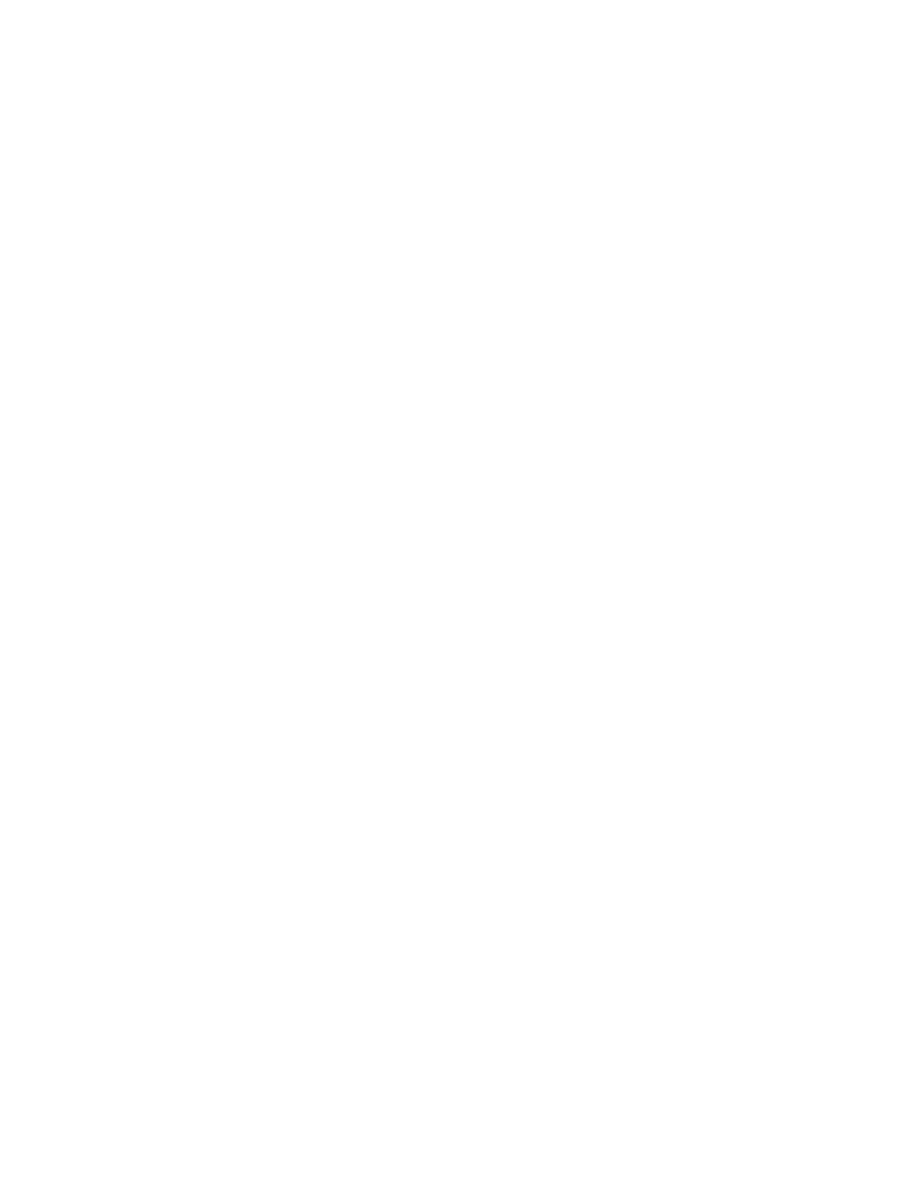 |
|||
|
|
|||
|
Page Title:
SECTION VI HARDWARE, MECHANICAL LINKAGES, CABLES AND PULLEYS |
|
||
| ||||||||||
|
|
 TM 5-3835-222-BD
Procedural Steps:
Option 1: If bracket is broken off at the base metal, with component mounting holes unaffected,
reweld in place. Mounting holes may be elongated to compensate for misalignment of attaching items.
Option 2: If the bracket mounting holes cannot be used due to stripped threads, or if broken bolts
cannot be removed, weld the bracket to the location.
Option 3: If brackets cannot be welded or bolted, tie the component in place using rope, commo
wire, bungee cords or straps.
Record the BDAR taken. When the mission is completed, as soon as practicable, repair the equipment
using standard maintenance procedures.
Section VI.
HARDWARE, MECHANICAL LINKAGES, CABLES AND PULLEYS
3-14. General. Various elements of hardware and linkages are used throughout POL equipment to
transfer the control actions from the control panel to the components being controlled. Damage can
occur to the mounting hardware or the rods, cables, and levers in the mechanical linkage systems.
Pins can become lost, linkages can bend or break, which will disable or hamper the equipment
operation. This section will give various procedures that may be used to repair or restore needed
functions.
3-15. Forcing Mismatched Threading. The proper bolts may not always be available to make
repairs. Mismatched bolts can be used to make BDAR repairs, but care must be taken so as not
to break bolts by forcing them too far. Coarse threaded bolts may be used in holes with fine threads.
Forced threads will not hold as much stress as standard threads, but will provide a limited operational
capability.
3-16. Thread Clean-Up. Damaged threads decrease the load bearing capability of bolts. Damaged
threads can be repaired or cleaned up using a thread file or a triangular shaped file. The threads
must be cleaned to remove any dirt or metal particles which might cause further damage to threaded
holes. Use a wire brush and a nail or scribe to remove stuck metal particles. Damaged threads
must have burrs removed. Cross-threaded bolts must have the torn metal removed where they
connect between threads. Turning a hardened steel nut onto the bolt can help realign damaged threads.
3-17. Hardware Mounting. Brackets and components can be connected or mounted without proper
bolts. An iron rod or stud can be inserted through the connecting holes and peened over on each
side. The mushroomed ends will keep the components together. A stud can be screwed onto a
threaded hole and a nut used to hold the component. If the proper size nut is not available, use
a nut larger than the stud threads and peen the stud end to hold the nut in place. Linkages can also
be connected by inserting a rod or bolt and peening the ends to keep it from dropping out of position.
3-18. Push/Pull Rod Damaged. Mechanical linkage rods can bend or break from explosive shock,
impact or binding components. Rods can be repaired or improvised to regain usage of the system
involved. The cause of breakage must be determined and corrected. Rods or shafts that are bent
must be straightened. Place the rod/shaft on a hard flat surface and hit with a hammer to bend it
straight. Broken rods/shafts can be splinted using scrap metal.
3-9
|
|
Privacy Statement - Press Release - Copyright Information. - Contact Us |